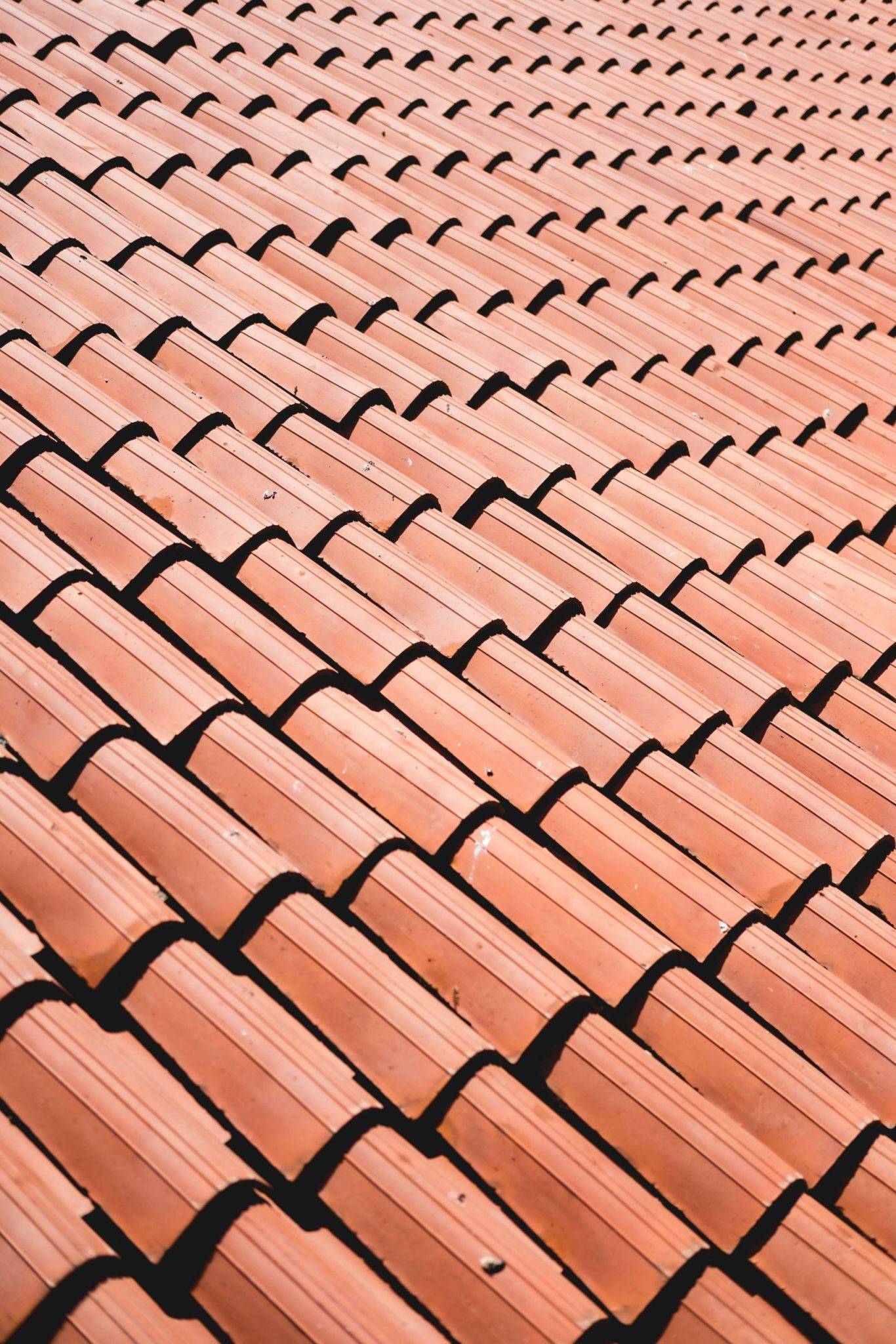The Advantages of Collaborating With Gainesville FL Roofing Companies
The Advantages of Collaborating With Gainesville FL Roofing Companies
Blog Article
Best Practices for Ensuring Appropriate Roof Ventilation
Ensuring proper roofing ventilation is essential for the longevity and effectiveness of a roof covering system. A balanced consumption and exhaust vent ratio, generally 1:300, plays a critical role, with consumption vents ideally positioned at the reduced side of the roofing system for great air entry and exhaust vents at the top for cozy air leave. Normal examinations to identify clogs and maintain clear air movement are extremely important. Moreover, keeping insulation away from vents is essential to stop air movement restriction. Comprehending these foundational aspects sets the stage for more comprehensive understandings into installation and maintenance methods that can considerably improve your roof's performance.
Understand Ventilation Fundamentals
Effectively understanding ventilation basics is necessary for making certain the long life and efficiency of roofing systems. Efficient ventilation alleviates dampness accumulation and temperature extremes in the attic room, both of which can bring about substantial structural damages with time. A well-ventilated roof helps in avoiding common issues such as mold and mildew growth, wood rot, and ice dams, which can jeopardize the stability of the roofing materials and the underlying structures.
The primary goal of air flow is to assist in the movement of air, allowing for a regular exchange in between the indoor and outside settings. This balance is attained with a combination of consumption and exhaust vents that collaborate to maintain ideal air flow. Intake vents, generally situated along the eaves or soffits, permit fresh air to get in the attic space, while exhaust vents, frequently located at or near the roof ridge, make it possible for hot, damp air to run away.
Trick aspects affecting the effectiveness of roof covering air flow consist of proper positioning, adequate sizing, and making certain that both intake and exhaust vents are unobstructed. Normal inspection and maintenance are essential to determine potential obstructions, damages, or ineffectiveness in the ventilation system, consequently safeguarding the roof covering's efficiency and sturdiness.
Kinds Of Roofing Vents
Roofing vents play an important role in preserving reliable attic ventilation and, by expansion, the general health and wellness of the roofing system. Various types of roofing vents are available, each with special benefits customized to specific roofing needs.
Soffit vents are set up under the eaves and work in tandem with roof covering vents to ensure a well balanced consumption and exhaust system. By allowing cooler air to enter from below, soffit vents assist in the expulsion of warm air through upper vents. Gable vents, located on the exterior wall surfaces of the attic, deal an additional efficient solution, specifically in homes with saddleback roofs.
Evaluate Your Present Ventilation

Next, take into consideration the age and problem of your roof covering materials and ventilation components. Older systems might not adhere to present building codes or might have degraded in time, decreasing their performance. Conduct a complete evaluation to identify any kind of signs of deterioration, such as corrosion, damage, or spaces that can jeopardize the system's performance.
Additionally, measure the attic temperature level and humidity degrees. Heats and moisture can indicate inadequate air flow - roofing companies. Utilize a hygrometer and thermostat to obtain exact analyses, contrasting them with exterior problems. Consistent discrepancies recommend possible issues that need resolving.
Installation Best Practices
Reliable installment of roof ventilation systems is vital for making certain optimal efficiency and durability. Appropriate setup begins with understanding the particular air flow demands of the building and the roofing it covers. This entails computing the correct ratio of consumption to wear down vents, typically sticking to the 1:300 policy, which specifies one square foot of why not try here ventilation for every 300 square feet of attic room floor space.

Intake vents must be installed at the roof's lower edge, usually in the soffits, to permit trendy air to go into. Exhaust vents, on the various other hand, should be set up near or at the roofing system's height to assist in the exit of warm, damp air.
Seal all air vent links meticulously to avoid air leakages and potential water seepage. Usage high-grade products and comply with manufacturer standards to make certain durability and effectiveness. Furthermore, integrating ridge vents with baffles can considerably enhance air movement efficiency by preventing wind-driven rain and snow from getting in the attic.
Eventually, specific setup of roof air flow systems alleviates possible problems such as mold and get more mildew development, ice dams, and structural damages, ensuring the roofing system's stability and the building's total health and wellness.
Regular Maintenance Tips
Uniformity in maintenance techniques is basic to making certain the long-term efficiency of roof air flow systems. Routine inspections are essential, ideally carried out biannually-- in the springtime and loss. During these examinations, make certain that vents are devoid of particles, nests, and various other obstructions that could impede airflow. Examine for any indicators of moisture accumulation or mold and mildew, as these can indicate inappropriate ventilation or leakages (roofing companies).
Cleaning the vents is an additional essential job. Make use of a soft brush or a vacuum cleaner to remove dirt and debris from intake and exhaust vents. Beware not to damage the air vent screens or louvers throughout the process. Furthermore, check the attic room space for any signs of water damage, which can compromise the honesty of the roof.
Appropriate insulation is equally essential. Make sure that attic insulation does not block the vents, as this can drastically limit airflow. If any insulation has actually moved or cleared up, reposition or replace it to preserve a reliable barrier.
Lastly, replace any kind of damaged or missing out on elements promptly. Damaged vents, fractured roof shingles, or scrubby flashing can all contribute to insufficient air flow and must be attended to right away. Routine upkeep guarantees that the roof covering air flow system works optimally, therefore prolonging the life expectancy of the roof itself.
Final Thought
Guaranteeing correct roof covering ventilation is vital for preserving the performance and longevity of a roofing system. Adherence to the 1:300 intake and exhaust vent proportion, combined with the calculated positioning of vents, is crucial.
A balanced consumption and exhaust vent proportion, generally 1:300, plays a crucial function, with consumption vents preferably put at the lower edge of find more the roofing system for trendy air access and exhaust vents at the optimal for warm air departure. Consumption vents, usually situated along the eaves or soffits, enable fresh air to enter the attic space, while exhaust vents, often positioned at or near the roof ridge, allow hot, damp air to leave.
Soffit vents are installed under the eaves and job in tandem with roof covering vents to make certain a balanced intake and exhaust system. By permitting cooler air to enter from below, soffit vents promote the expulsion of hot air via top vents. Adherence to the 1:300 consumption and exhaust vent proportion, combined with the calculated placement of vents, is crucial.
Report this page